Demystifying Decentralized Finance: A Guide to DeFi

Decentralized finance, often abbreviated as DeFi, has emerged as a revolutionary concept that is poised to disrupt the traditional financial infrastructures. Born in the age of blockchain and digital currencies, DeFi is a robust financial model that aims to democratize finance and brings back the control of assets into the hands of individual participants. The paradigm-shift behind the establishment and rapid development of DeFi rests in its foundational principles that hinge on transparency, accessibility, efficiency, and most importantly, decentralization. Through this exploration, we will delve into the quintessential elements of DeFi, demystify its complex network, discuss its merits and challenges, and present practical examples that illustrate its usage and potential.
Understanding Decentralized Finance
Definition and Origins of Decentralized Finance (DeFi)
Decentralized Finance, often referred to as DeFi, is a blockchain-based form of finance that does not rely on central financial intermediaries such as brokers, exchanges, or banks to offer traditional financial instruments. Instead, DeFi utilizes smart contracts on blockchains, predominantly on Ethereum. The origins of DeFi can be traced back to the advent of cryptocurrencies like Bitcoin, but its notable development really took off with Ethereum’s arrival, mainly because of its capacity to build complex applications (dApps) on its platform.
The Core Concepts and Principles of DeFi
Cryptocurrency, blockchain, and smart contracts form the bedrock of Decentralized Finance. Cryptocurrency, often in the form of tokens, acts as the value component of DeFi. Blockchain carries all transaction details securely and transparently. Smart contracts, which are self-executing contracts with the terms directly written into code, automate transaction execution and facilitate interactions.
DeFi is driven by several key principles, including decentralization, permissionless access, open-source code, and financial transparency. Decentralization eliminates the need for centralizing authorities, providing people with control over their financial activities. Permissionless access ensures that anyone, anywhere, with an internet connection can access DeFi services. Open-source codes make DeFi systems auditable, reducing hidden vulnerabilities or malicious codes. Financial transparency provides users complete visibility into the system’s financial flows and health.
Differences between Traditional Finance and DeFi
One of the main differences between traditional finance and Decentralized Finance lies in their operating structures. While traditional finance works with a myriad of intermediaries like banks or brokers, DeFi operates on self-executing smart contracts on a blockchain, eliminating the need for intermediaries. This saves time and reduces costs, as traditional intermediaries often charge fees for their services.
Degree of control is another significant difference between the two. In traditional finance, institutions have dominant control over financial interactions, whereas in DeFi, control is transferred back to individual users. This empowers users and increases financial accessibility.
Understanding the Rise of DeFi
The multi-faceted growth of the DeFi sector captures increasing attention for several compelling reasons. Primarily, its infusion of blockchain technology brings an unprecedented level of transparency. Users can validate the reliability of the system themselves by viewing real-time transactions.
Additionally, smart contracts in Decentralized Finance automate numerous complex financial transactions, making the sector increasingly accessible and attracting a broader audience.
Most importantly, DeFi breaks the barrier of financial exclusivity common in traditional finance. It caters to a significant portion of the global population overlooked or underrepresented by offering them comprehensive financial services.
In conclusion, DeFi emerges as a revolutionary substitute to conventional finance, offering enhanced user control, inclusivity, automation, and transparency. It is not surprising then, that this sector is expected to significantly influence the restructuring of the standard financial system.
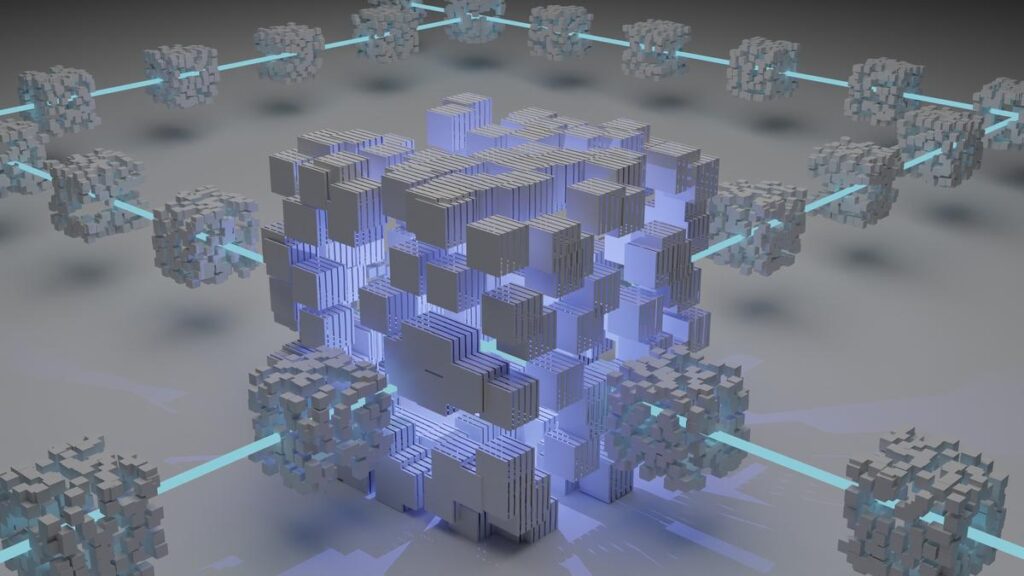
Photo by theshubhamdhage on Unsplash
Key Components of DeFi
The Role of Ethereum Blockchain Platform
Understanding Decentralized Finance would be incomplete without highlighting the vital role of Ethereum. As a public, open-source blockchain platform that facilitates smart contracts, Ethereum serves as the keystone in DeFi’s infrastructure. It enables developers to construct decentralized applications (dApps), thereby playing an instrumental role in driving DeFi’s evolution.
The native cryptocurrency of Ethereum, Ether (ETH), often functions as a central trading pair, a wealth reservoir, or a collateral asset within DeFi applications. Reinforcing Ethereum’s robustness is its decentralized network of independent computers, or nodes, located worldwide. These thousands of nodes collectively empower the system, reinforcing Ethereum’s fundamental significance in the DeFi arena.
Smart Contracts and Their Role in Decentralized Finance
Smart contracts are autonomous, self-executing contracts with the terms of agreement directly written into lines of code. In DeFi, smart contracts are designed to automatically perform transactions and other specific actions under predetermined conditions. These contracts are orchestrated on the Ethereum blockchain, which guarantees their immutability and transparency.
Smart contracts eliminate the need for a central authority or intermediary, allowing DeFi users to interact directly with each other. For example, in a Decentralized Finance lending platform, a smart contract could automatically match borrowers and lenders, setting the loan’s terms and facilitating the transfer of assets, all without the need for a traditional bank.
Decentralized Applications (dApps)
Decentralized applications (dApps) are software applications that run on a network of computers rather than a single computer. These applications are commonly built on the Ethereum blockchain and are a significant aspect of the DeFi ecosystem.
Unlike traditional applications, dApps operate without a governing entity overseeing the network. This ensures that no entity can control users’ assets or data, as dApps operate in a permissionless, open manner. Examples of dApps include decentralized exchanges (DEXs), lending platforms, prediction markets, and other financial services applications.
The Crucial Role of Cryptocurrencies in DeFi
In a system driven by Decentralized Finance, cryptocurrencies are a key player. Serving various roles such as mediums of exchange, store valuables, and a unit of account, cryptocurrencies, particularly those based on Ethereum (ERC-20 tokens), frequently represent digital assets on DeFi platforms.
Specially designed tokens native to certain Decentralized Finance protocols fulfill specific functions. For example, a protocol may incorporate a governance token to give holders the power to vote on protocol changes. Some tokens even mirror the nature of traditional financial instruments by asserting the holder’s rights to a future cash flow.
In summary, the role of cryptocurrencies in Decentralized Finance protocols is irrefutable; they promote the decentralized, trustless operations necessary for the success of Decentralized Financesystems.
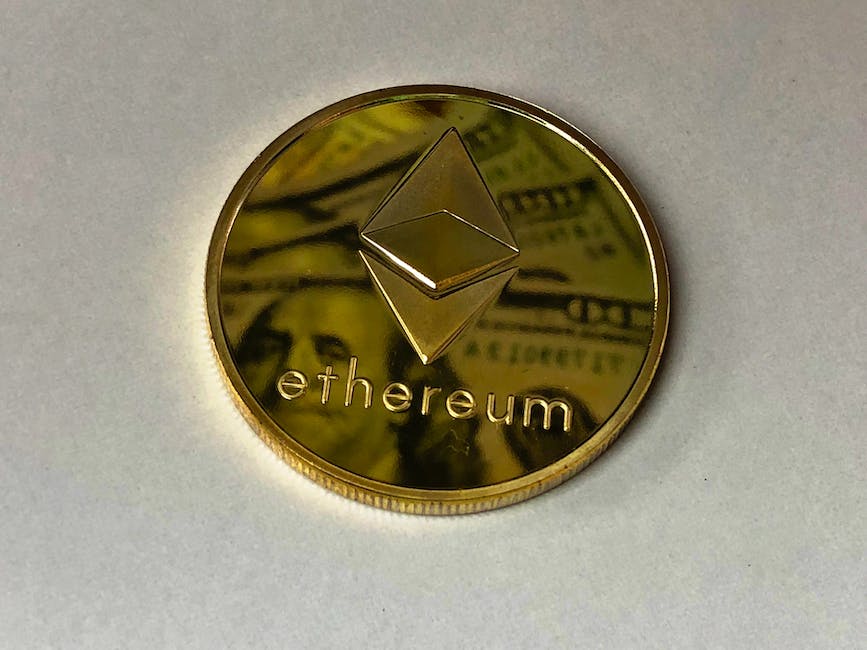
Advantages and Challenges of DeFi
What Makes Decentralized Finance Superior
Decentralized Finance is gaining traction due to its compelling features. First and foremost, it offers accessibility unlike traditional financial systems. As DeFi platforms are not bound by geography, wealth, or other socioeconomic factors, anyone with internet access can join. This has the potential to reach millions of unbanked people around the world who have previously been left out of traditional financial infrastructures.
Transparency is another cornerstone of Decentralized Finance. Utilizing blockchain technology, every transaction is recorded in a ledger that’s both publicly visible and immutable. This not only increases the safety of transactions but also mitigates the chances of fraud, as any anomalies can be instantly tracked and scrutinized.
DeFi platforms also have a clear efficiency advantage over conventional systems. By removing intermediaries such as brokers and banks, transaction costs and times are significantly reduced. Transactions can be conveniently executed anytime and from anywhere in mere seconds on Decentralized Finance platforms.
Plus, the revolutionary aspect of Decentralized Finance is its capability to democratize financial systems. It offers individuals control over their financial activities, assets, and decision-making, reducing their reliance on banks and other established financial institutions. Varieties of DeFi platforms even offer users the ability to generate income through asset lending, yield farming, staking, and liquidity provision.
Understanding the Varied Aspects of Decentralized Finance (DeFi)
Decentralized Finance presents itself as a revolutionary concept with immense potential. However, like any other ground-breaking innovation, it also brings along its own unique challenges and risks that one should be informed about. Security concerns are among the most important, as instances of cyber-attacks compromising user investments on these platforms are not unheard of. The absence of a centralized authority to enforce compliance with security standards can be attributed as a significant reason for this vulnerability.
Navigating through the murky waters of regulation can also prove to be a formidable hurdle. Given the concept’s decentralized nature, governments across the globe find it difficult to enforce applicable regulations effectively. This could potentially result in legal ambiguities, exposing users to legal and financial risks. The absence of stringent regulatory enforcement could also pave the way for unlawful activities such as fraud and money laundering.
Technical complexity and the necessity of a certain level of technical acumen to utilize Decentralized Finance platforms may also prove to be discouraging for many. Notwithstanding efforts to simplify these platforms for everyday use, they continue to be more intricate as compared to traditional financial systems.
The inherent value volatility of digital currencies is another factor introducing high financial risk. The value of these digital assets can experience significant fluctuations in relatively small time frames, leading to notable financial losses.
Despite these challenges and risks, Decentralized Finance continues to hold immense potential to disrupt the traditional financial sector through its various advantages. However, prospective users must thoroughly understand these associated risks and challenges before participating or investing in DeFi platforms.
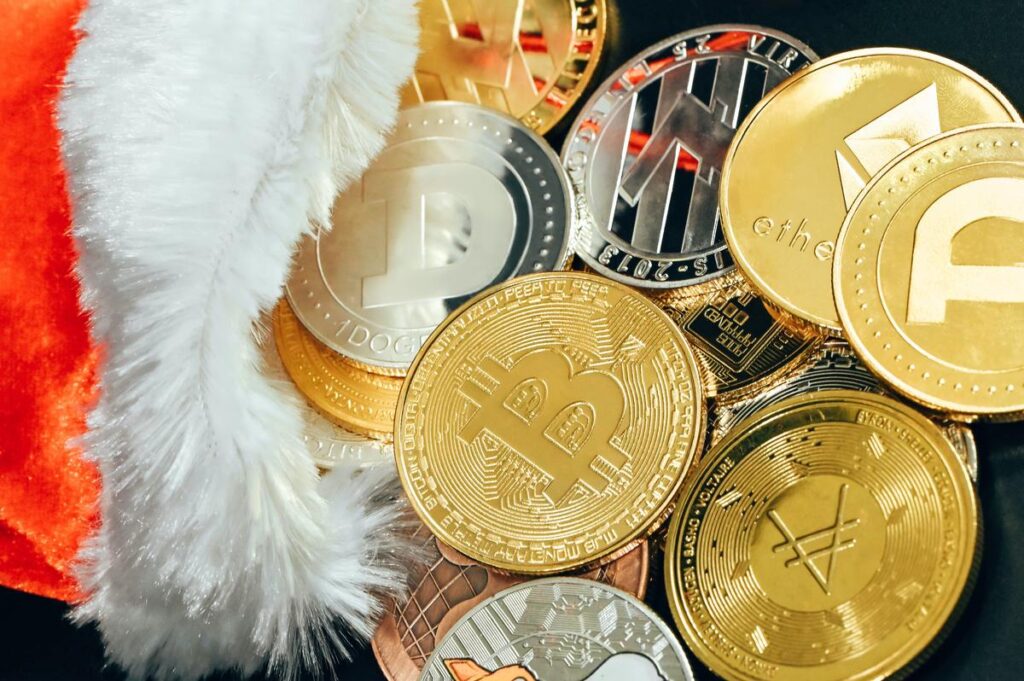
DeFi Use Cases and Real-World Applications
The Emergence of Lending and Borrowing Platforms in Decentralized Finance
Decentralized Finance is revolutionizing several traditional financial methods, with its impact being most evident in lending and borrowing markets. DeFi platforms like Compound and Aave offer a completely new approach that allows users to lend and borrow cryptocurrencies directly from peers, eliminating the need for intermediaries. This is achieved through the implementation of autonomous, programmable rules on open-source platforms backed by blockchain technology, particularly Ethereum. These platforms also provide additional transparency as all transactions are securely recorded on the blockchain.
Decentralized Exchanges (DEXs)
Another significant DeFi use case is decentralized exchanges (DEXs) such as Uniswap and SushiSwap that allow for direct, peer-to-peer cryptocurrency trades to take place securely on the blockchain. DEXs cut out intermediaries, reducing costs and removing single points of failure. With DEXs, users maintain full control over their assets throughout the trading process as transactions occur directly between wallet addresses. Additionally, the open, transparent nature of the blockchain allows anyone to verify transactions, ensuring the integrity of trades.
Yield Farming with Decentralized Finance
Yield farming, also referred to as liquidity mining, is another innovative DeFi use case. DeFi investors (also called liquidity providers) deposit their cryptocurrency assets into a liquidity pool. These pools are used for lending or exchange and investors earn rewards for their contributions. This process encourages the growth of DeFi platforms and makes trading and lending more efficient. Holder Finance and Yearn.Finance are examples of platforms that offer yield farming to their users. It’s important to note that while the potential rewards are enticing, yield farming also comes with significant risks, especially for new investors unfamiliar with the volatile behavior of the crypto market.
Stablecoins: Stability in Volatile Markets
Stablecoins offer a sense of stability amidst the highly volatile cryptocurrency market, making them a crucial part of the DeFi ecosystem. They are cryptocurrencies pegged to the value of a stable asset, like the US Dollar, gold, or another cryptocurrency. There are different types of stablecoins, but the most common types are fiat-collateralized stablecoins such as Tether (USDT) and USD Coin (USDC). Crypto-collateralized stablecoins, like DAI, are another type, where a basket of other cryptocurrencies collateralize the stablecoin.
Real-World Applications and Success Stories
Decentralized finance is rapidly gaining traction and making financial services more accessible to the general public. An example is in countries with unstable currencies, where citizens are using stablecoins to preserve their wealth and shield it from hyperinflation. Also, DeFi lending platforms are helping to provide loans in regions where bank loans are hard to get, creating new opportunities. Uniswap’s rise is a massive success story, with its users growing from around 6000 in January 2020 to over 69,600 by August the same year, indicating the speedy adoption of DeFi.
It’s apparent that Decentralized Finance applications are starting to shake the core of the traditional financial sector by offering more secure, transparent, and inclusive alternatives. Despite the inherent risks linked to this emerging field, the steady growth and multitude of success stories confirm the practicality and immense potential of DeFi.

The Future of Decentralized Finance
The Wide-ranging Application Prospects of DeFi
The revolutionary potential of Decentralized Finance, commonly known as DeFi, is reshaping the conventional financial systems globally. To date, DeFi applications have already made a substantial impact in the cryptocurrency and blockchain technology sector. However, the possibilities run far deeper than these existing applications. Industry experts foresee that DeFi can infiltrate any financial transactions that require verification or validation, transcending the confines of just cryptocurrencies.
Industry Expert Predictions
Many industry experts forecast that DeFi will transform international trade, capital markets, and financial services as we know them today. For instance, traders could use DeFi platforms to swap assets directly without the need for intermediaries like banks.
Similarly, the use of smart contracts within DeFi platforms is expected to increase, automating enforceable agreements without needing third-party verification. These smart contracts could manage and monitor complex financial transactions, saving time and reducing the potential for human error.
Potential Future Developments
Future developments in Decentralized Finance could include borderless, interoperable financial systems. This means that money and financial services could be accessible to anyone across the globe with internet access, regardless of the country where they reside. This could particularly benefit the underbanked population across various parts of the world, providing access to financial tools and systems which were previously unattainable.
In addition, technology such as decentralized exchanges (DEX), yield farming, and staking are expected to grow in popularity. This could give way to a new kind of market dynamics and investment strategies, responding to the democratization of finance that DeFi enables.
Potential Disruptions
As DeFi expands, it is expected to disrupt many traditional financial systems. Its emphasis on decentralization could potentially lower costs for financial services by eliminating middlemen and streamlining processes. Besides, as DeFi platforms are generally transparent and operate on consensus algorithms, issues like corruption and fraud may be better controlled.
However, as with any emerging technology, DeFi comes with a set of challenges. These can include regulatory concerns, security issues, lack of consumer protection, and high entry and understanding barriers for non-tech-savvy individuals.
Promised of DeFi’s Potential
Despite these concerns, the promise of DeFi’s potential to democratize finance and make financial systems more efficient and accessible is poised to shape the future of DeFi towards growth and broader acceptance.
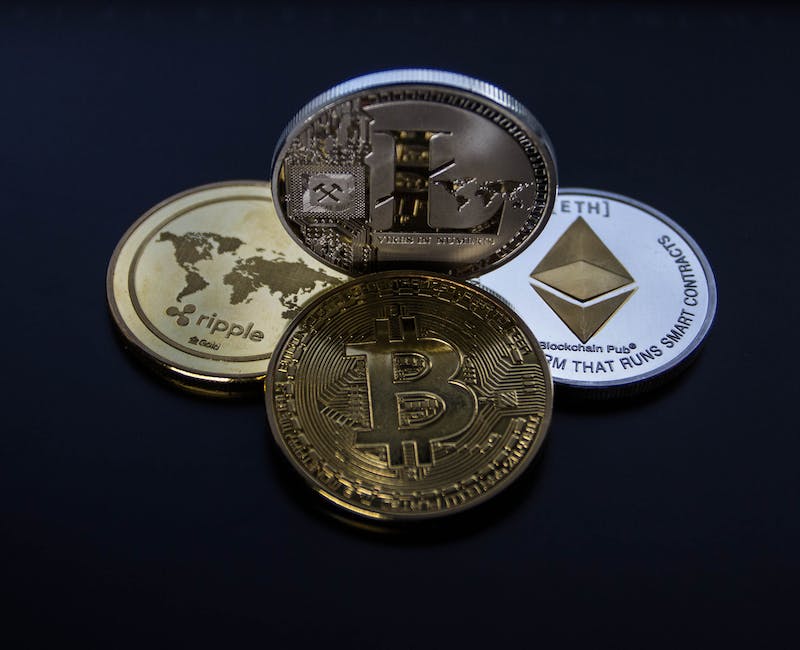
With a foundation solidly built on the core principles of blockchain technology and doing away with intermediaries, Decentralized Finance presents a promising future. Although it grapples with hurdles related to security and regulatory compliance, the rapid development suggests an overwhelming trajectory likely to transform the financial landscape. Decentralized Finance is steadily breaking down barriers and opening up opportunities for individuals globally. As we continue to witness and embrace the quick-paced advancements in DeFi, it becomes increasingly apparent that it represents the next frontier in our fiduciary journey – a journey en route to democratizing access to finance and catalyzing a truly equitable financial system.


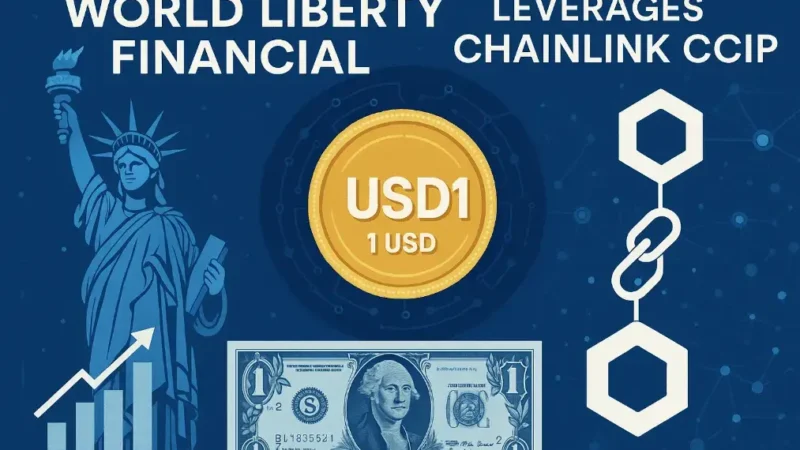
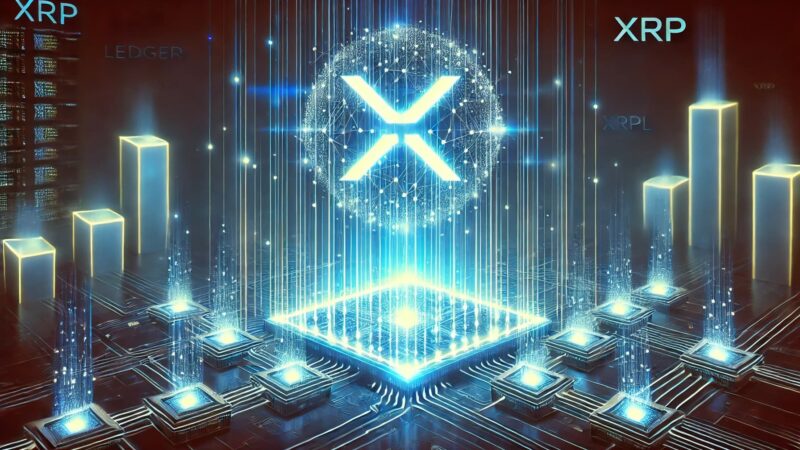
2 thoughts on “Demystifying Decentralized Finance: A Guide to DeFi”